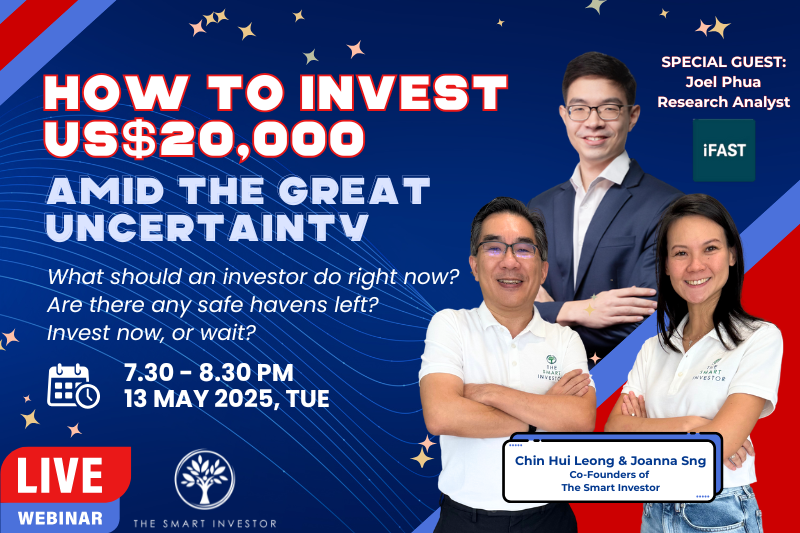This is the third part of a series that looks at various behavioural traits and biases.
These biases could trip up your investment process and render your performance less than ideal.
This list is taken from the book “The Art of Thinking Clearly” by Rolf Dobelli.
You can check out Parts 1 and 2 HERE and HERE.
Here are three more phenomena that investors should take note of.
6. Outcome bias
Outcome bias describes a situation where investors judge the quality of a decision when the outcome is already known.
They also tend to place too much emphasis on this outcome.
You can call outcome bias the cousin of hindsight bias, which makes investors think they know what will happen before it even happens!
As investing often requires decision-making under conditions of uncertainty, randomness often plays a role in determining certain outcomes.
Remember too that probabilities also play a role in mapping out a whole range of expected outcomes, and these may be too numerous for the human mind to imagine.
To avoid this bias, you should evaluate the quality of a decision based on information and facts known only at the time the decision was made.
7. The paradox of choice (choice paralysis)
When investors are faced with numerous choices, they tend to make poorer-quality decisions compared to when they have fewer choices.
A simple example illustrates this point.
When you approach a buffet table, you may become indecisive when there are too many types of food from different cuisines to choose from.
You may be surprised, but it’s tougher to decide on what to eat (and how much of it!) when faced with this plethora of choices.
It is natural to assume that more choices are preferred as you are presented with more options.
But when the mind has to juggle between too many choices that are tough to differentiate, it becomes bogged down and confused.
If we use the buffet analogy and apply it to investing, it is akin to being given the choice to invest in a wide spread of companies.
An investor will naturally get a headache trying to evaluate the risks and rewards of so many companies.
With the brain being overloaded, you may make a sub-optimal choice as it becomes tiring to run through so many choices.
Ideally, we should narrow down and select between just three to four stocks to avoid this paradox of choice problem.
8. Black swan event (coincidence)
The black swan is a phenomenon written about by the author Nassim Nicholas Taleb.
The black swan is not about an animal per se but describes a situation where a highly improbable event occurs that could destroy well-laid plans.
As an investor, you spend a lot of time and effort preparing for risks that you can reasonably anticipate.
Along the way, you also pencil in some buffer for risks that you possibly cannot anticipate.
But when a black swan event hits, its impact is highly significant even though its probability is extremely low.
You should not obsess over the probability of such an event occurring, but it’s also important that you do not ignore it, either.
The best way to deal with a potential black swan is to live and invest prudently and to stay out of debt.
These habits will increase your chances of surviving a devastating but unexpected event should it come to pass.
If you’re nervous, confused, or worried about buying your first stock, then our latest beginner’s guide to investing can help. It’s easy to read yet packed with valuable insights. Download it for free today, and buy your first stock in the next few hours. Click here to get started.
Follow us on Facebook and Telegram for the latest investing news and analyses!
Disclosure: Royston Yang does not own any of the companies mentioned.




